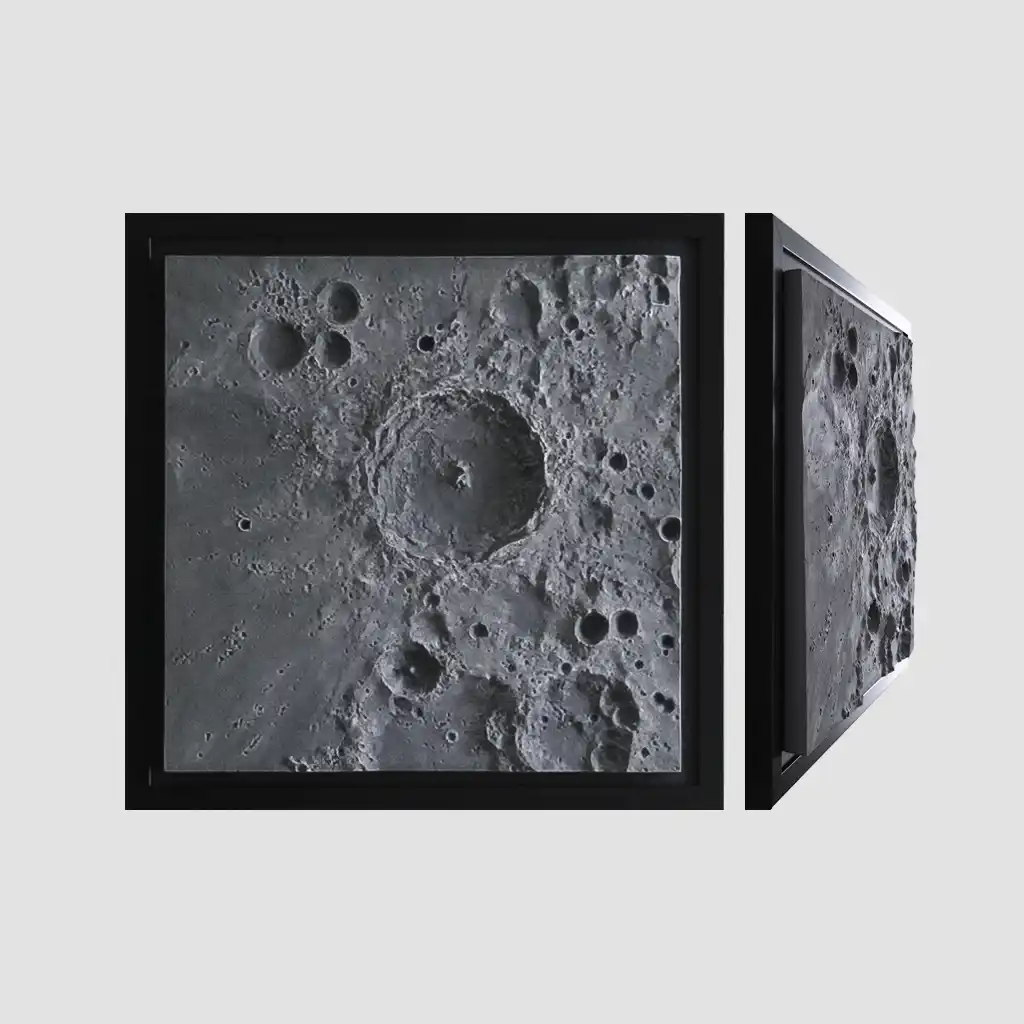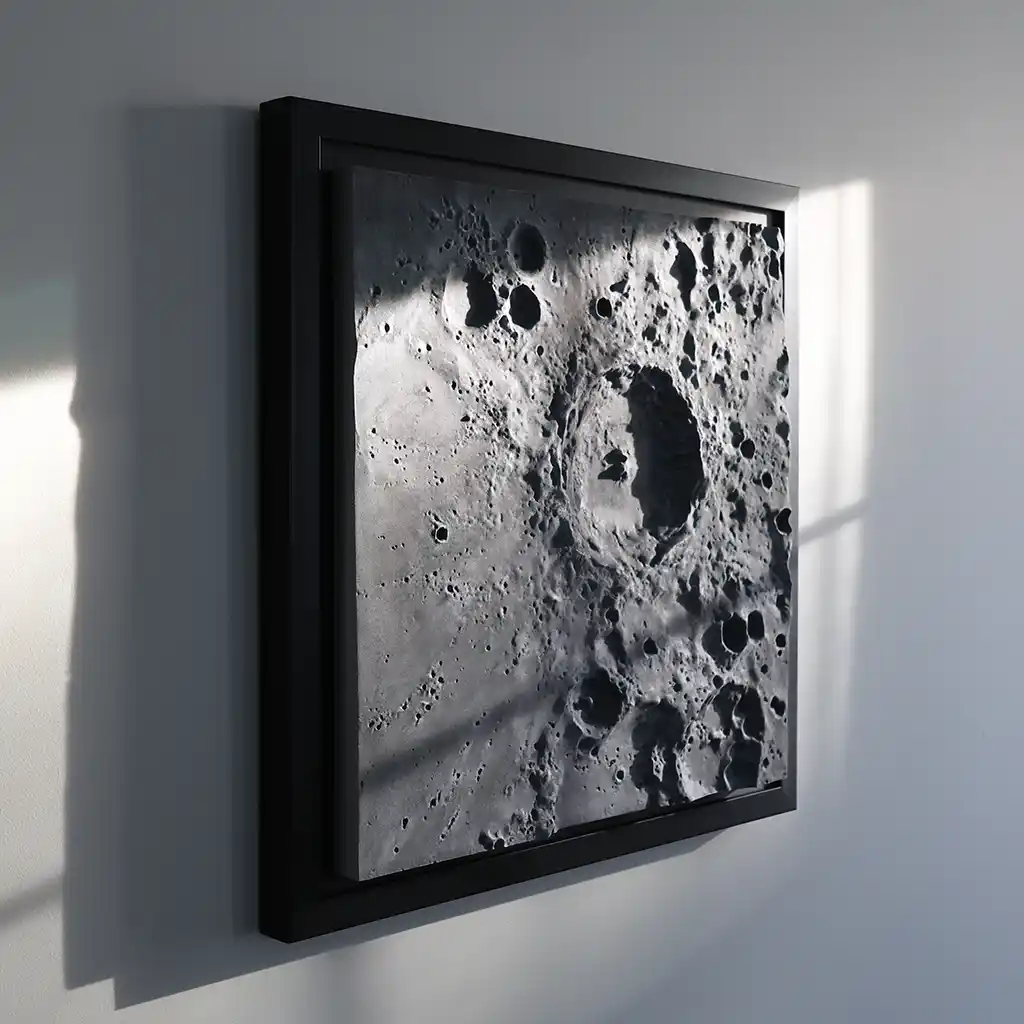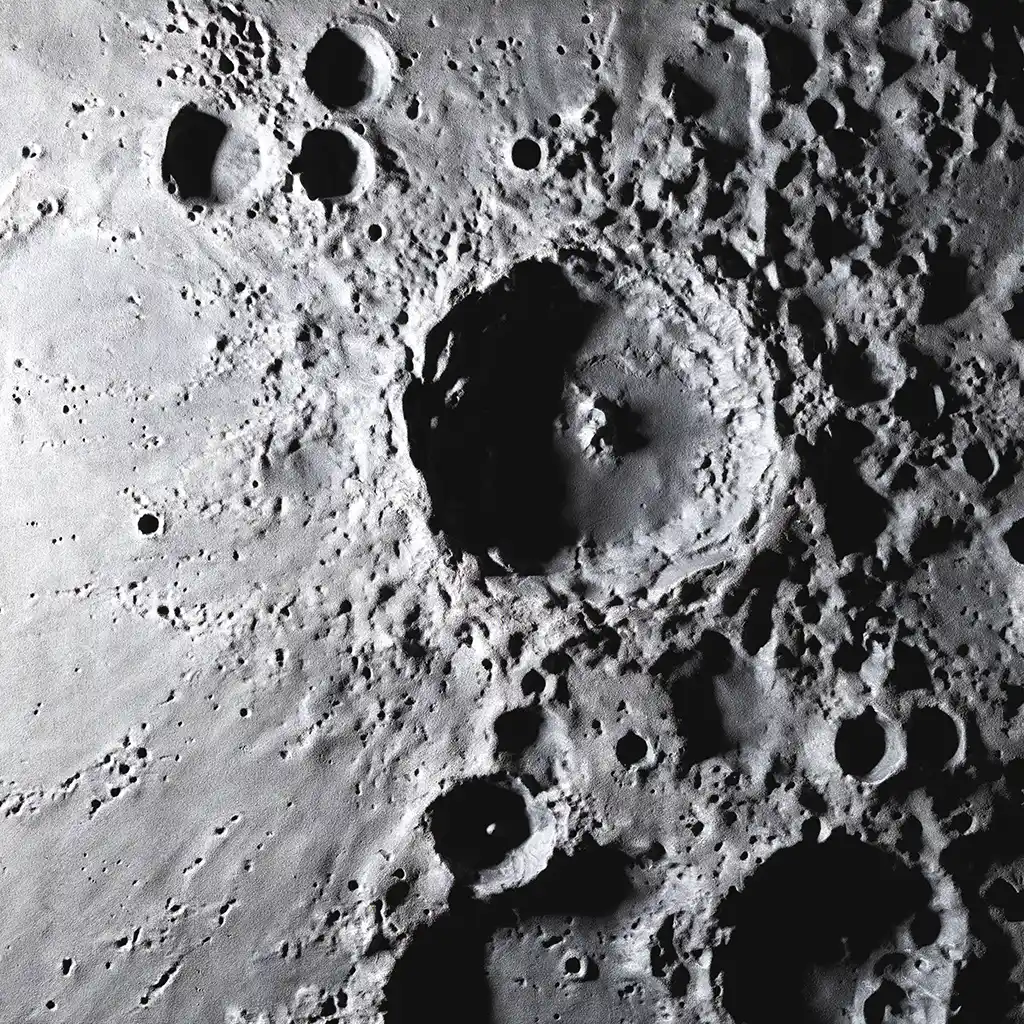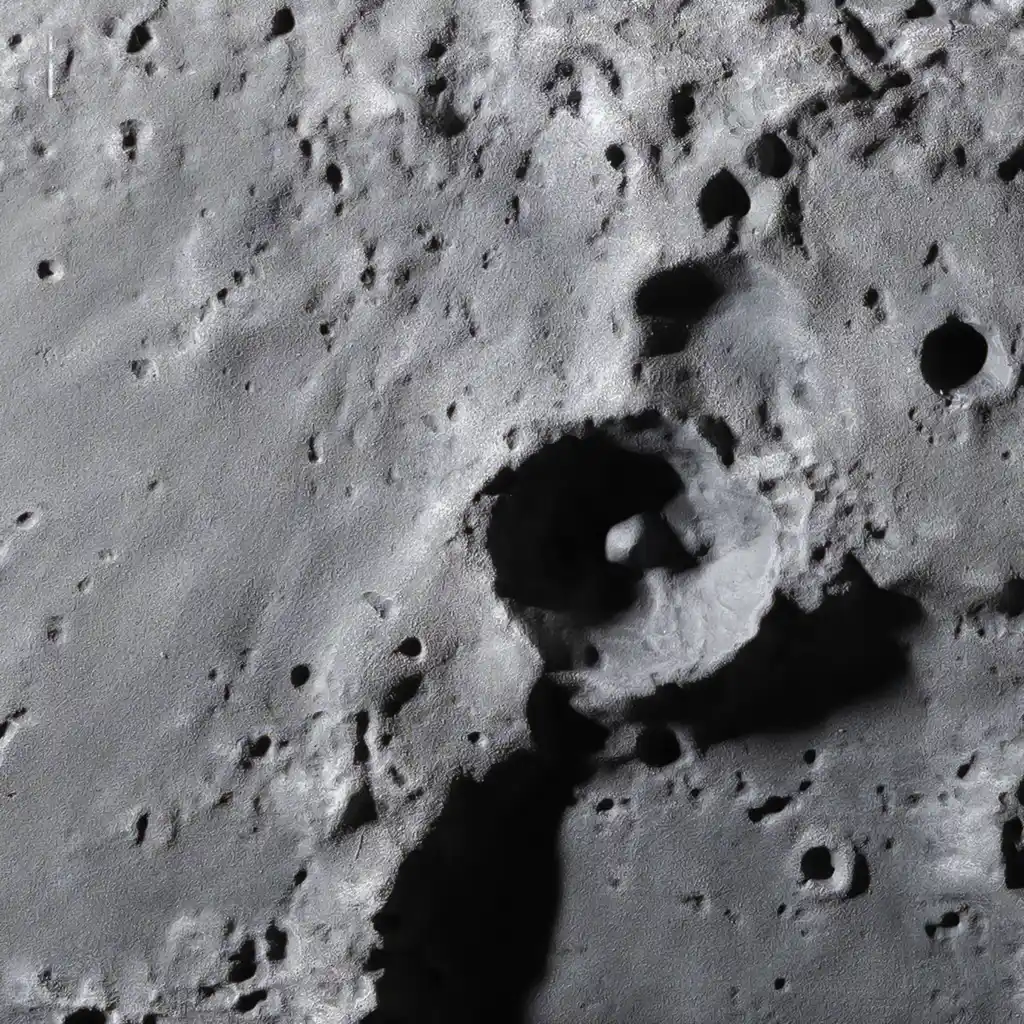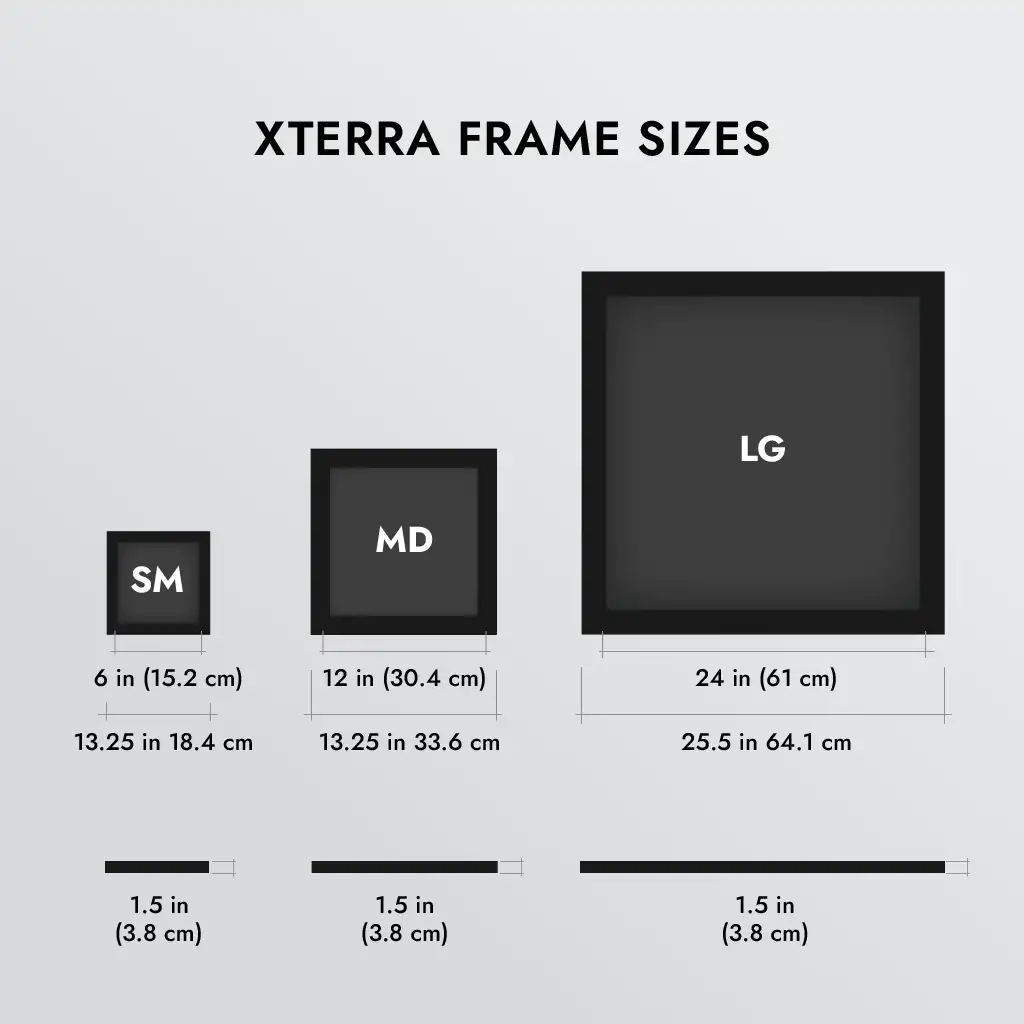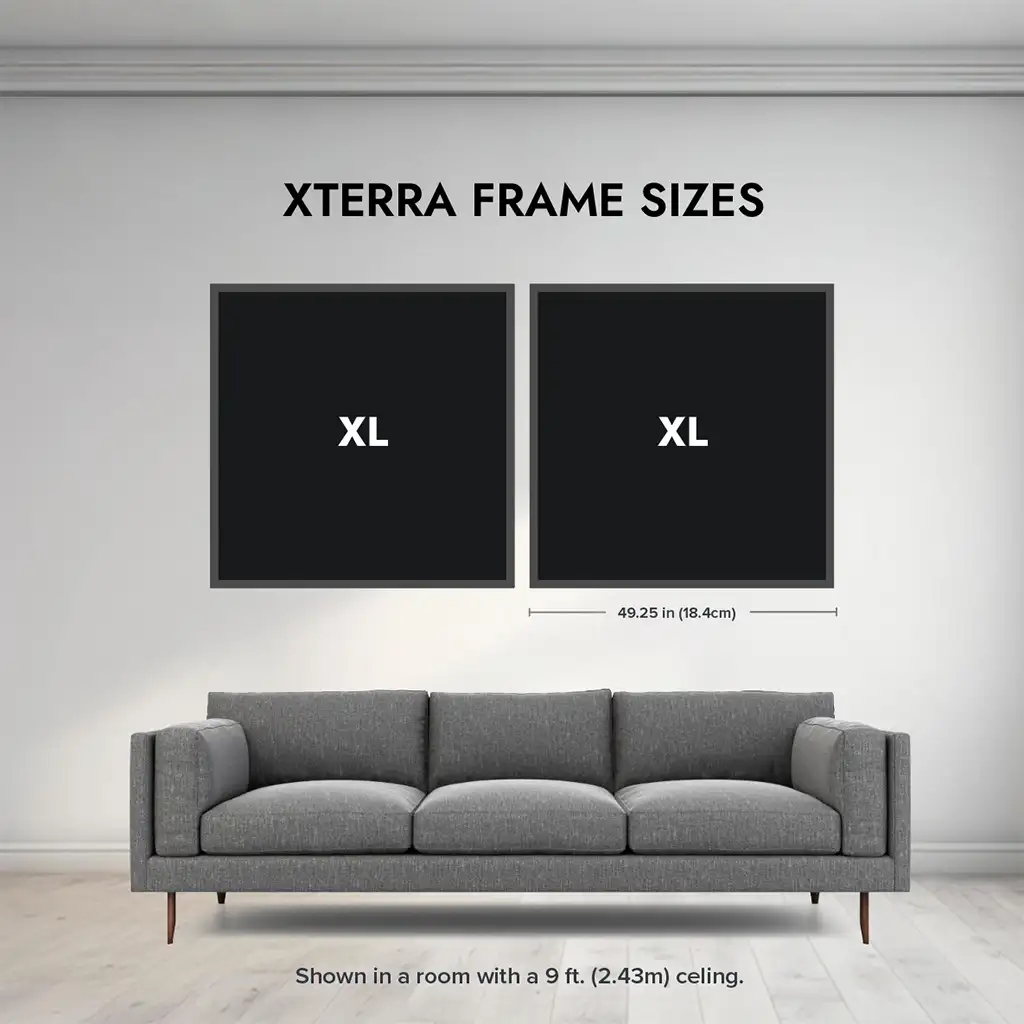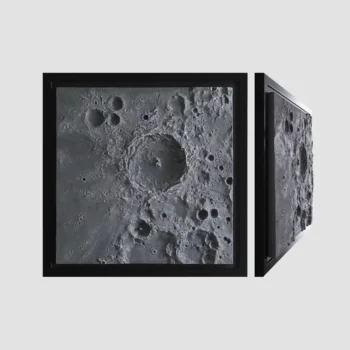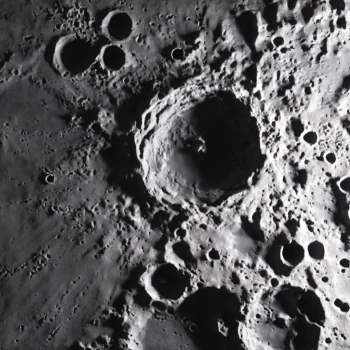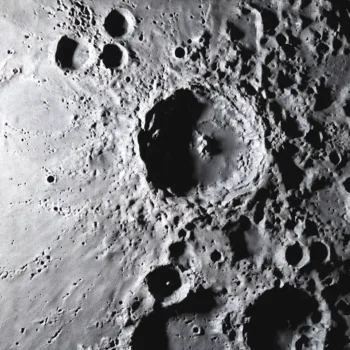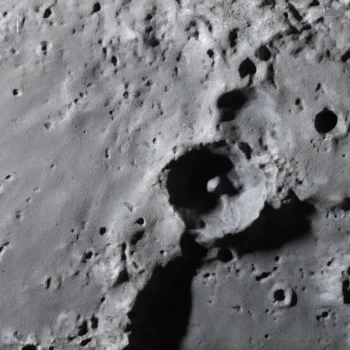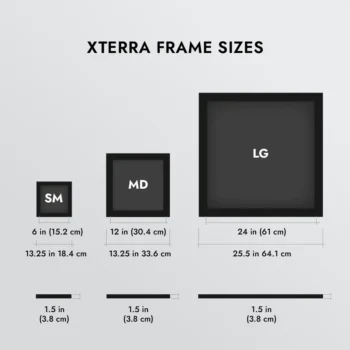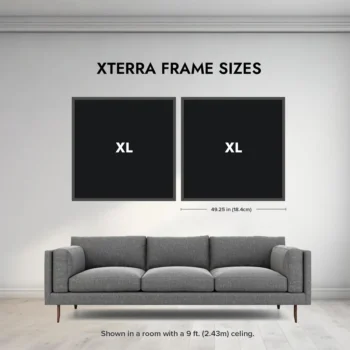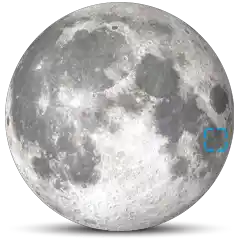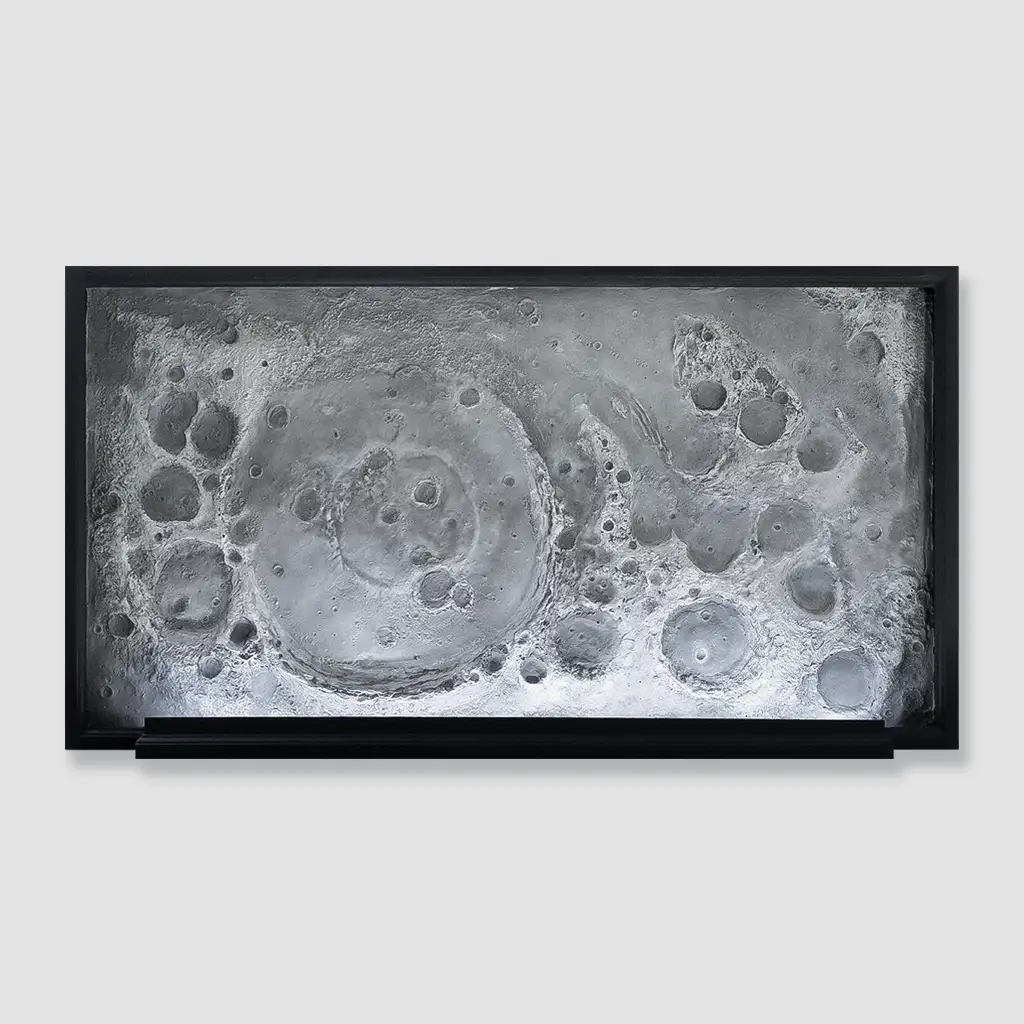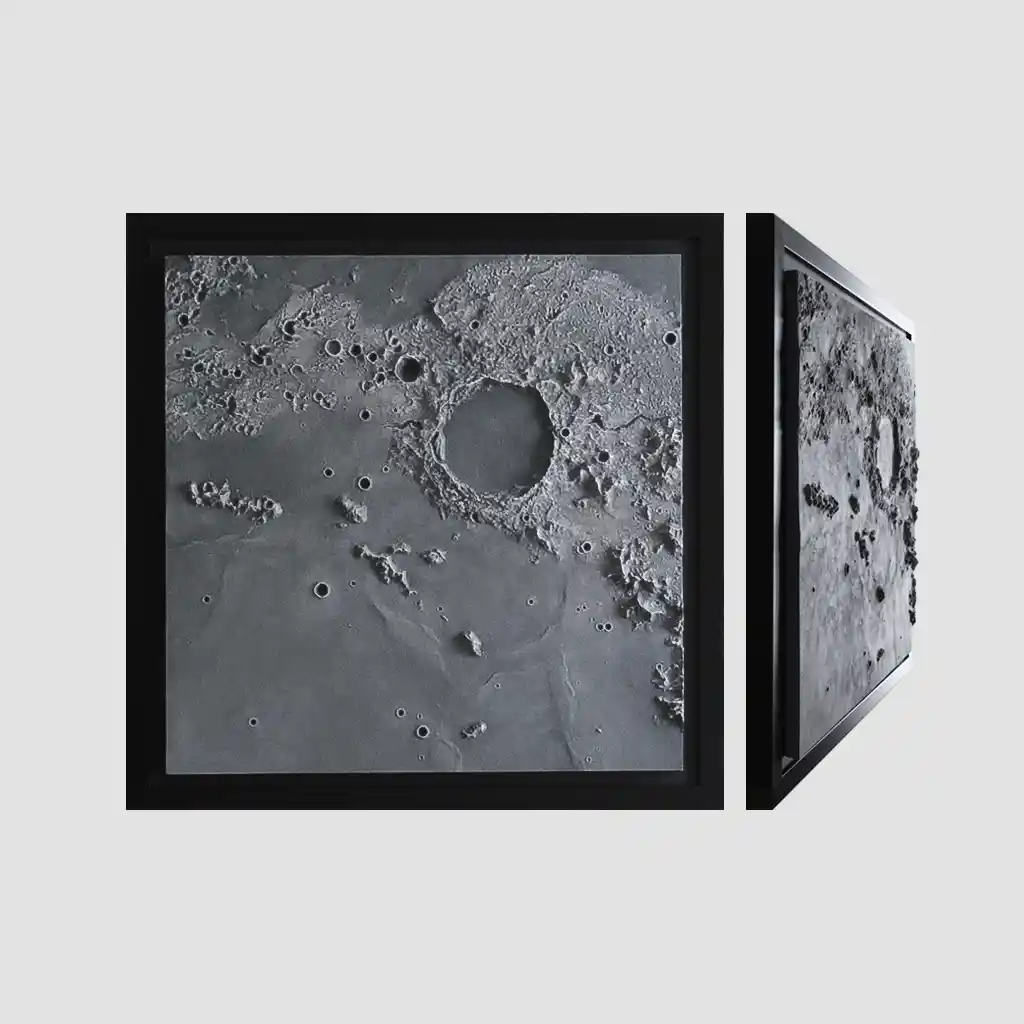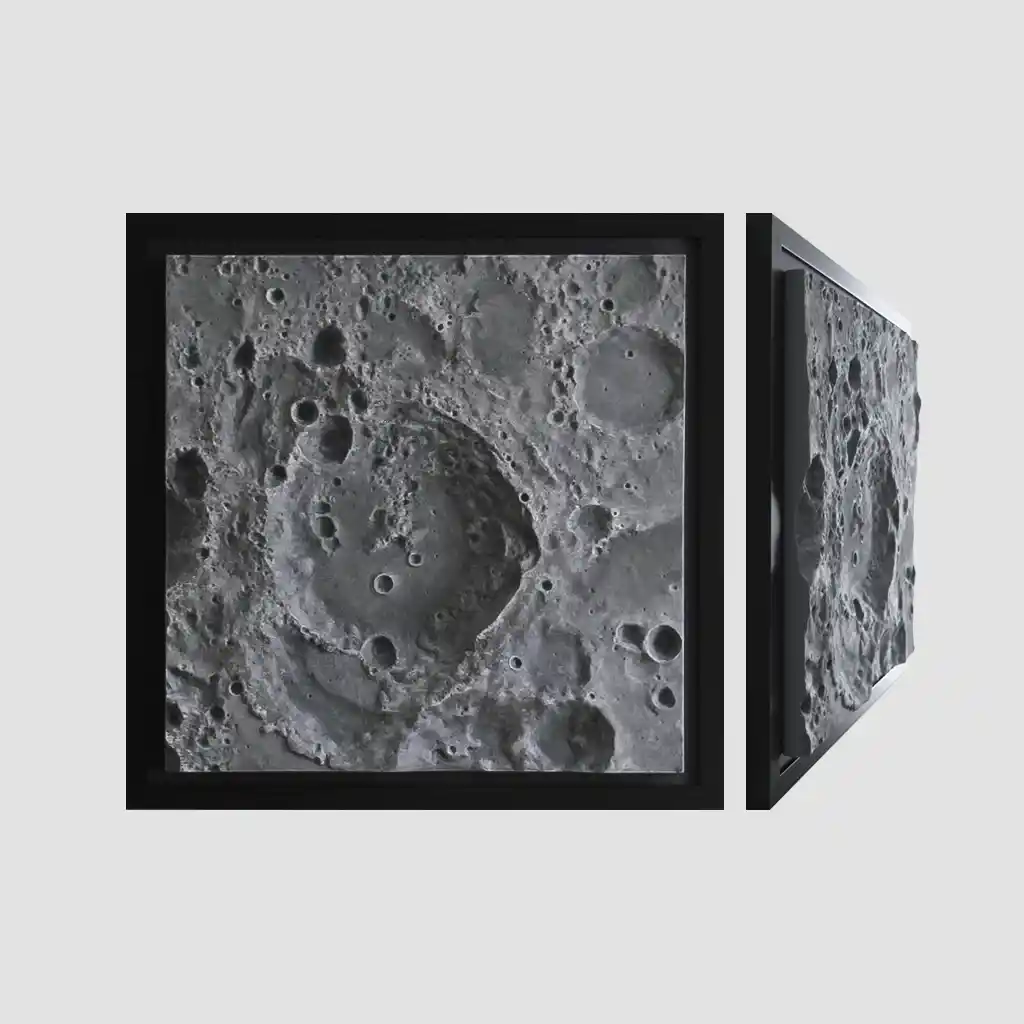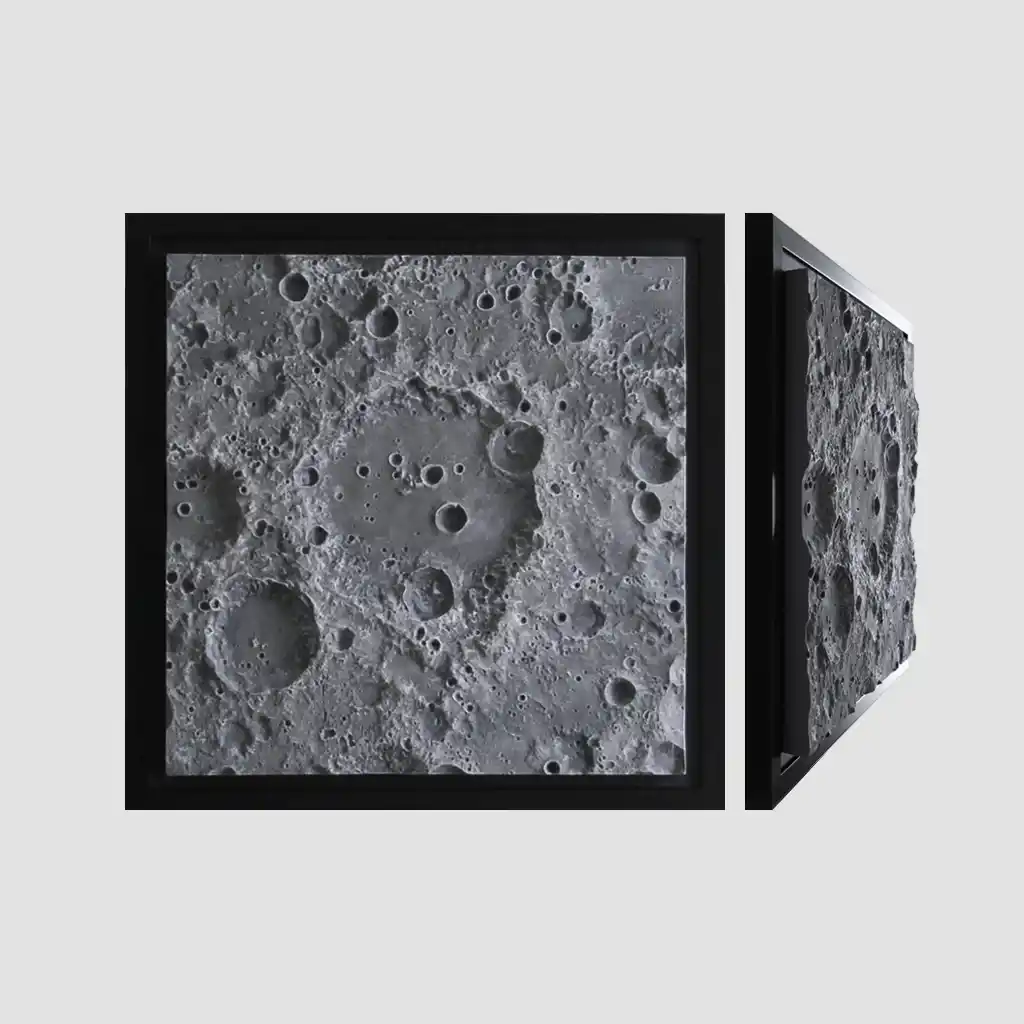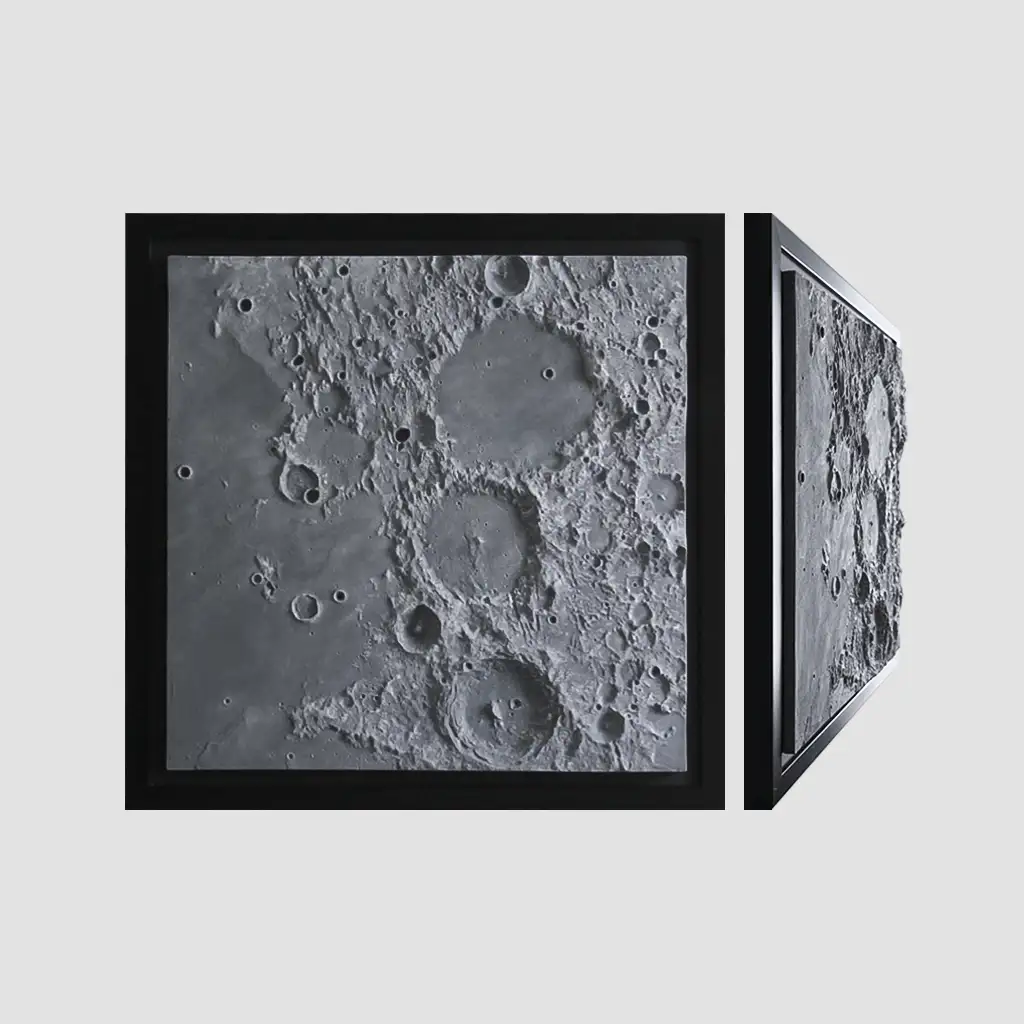Scientific Interest
Langrenus Crater, on the Moon’s eastern near side, is scientifically significant due to its well-preserved impact structure and geology. Spanning 132 km, it features terraced walls, a central peak complex, and an impact-melted floor, ideal for studying lunar cratering and surface evolution. Its young age, about 3.9 billion years, offers insights into the Late Heavy Bombardment period.
Rising 3 km, the crater’s central peaks expose deep lunar crust, revealing clues about the Moon’s composition, differentiation, and thermal history. Spectral data show a mix of highland and basaltic materials, suggesting complex geological processes, including possible volcanic activity and secondary impacts.
Langrenus is a prime target for exploration due to its accessibility and scientific value. Its bright ejecta rays help scientists understand impact dynamics and surface renewal. As interest in lunar resources and human missions grows, Langrenus remains crucial for studying the Moon’s history and planetary science.
Formation
Langrenus Crater formed about 3.9 billion years ago from a massive asteroid or comet impact. The collision excavated a 132 km-wide basin, generating intense heat that melted lunar crust, which later solidified on the crater floor.
The impact created terraced walls and a central peak. As molten rock settled, landslides shaped the terraces, while rebounding force pushed deep crustal material upward, forming the 3 km-high peak.
Though modified by smaller impacts and space weathering, Langrenus remains well-preserved. Its bright ejecta rays, formed by scattered impact debris, help scientists study lunar impact mechanics and geological history.
Diameter 135 km (83.8 mi)
Depth 2.7 km (1.6 mi)
Age 3.5 BYO
Eponym Michael van Langren
Location of Langrenus as Seen from the Earth’s Northern Hemisphere
* This item is artisan crafted with meticulous care. Given its handmade and hand-finished nature, variations are to be expected and celebrated.
| Size | Width | Height | Depth |
|---|---|---|---|
| S | 7.25 in (18.4 cm) | 7.25 in (18.4 cm) | 1.5 (3.8 cm) |
| M | 13.25 in (33.6 cm) | 13.25 in (33.6 cm) | 1.5 in (3.8 cm) |
| L | 25.25 in (64.1 cm) | 25.25 in (64.1 cm) | 1.5 in (3.8 cm) |
| XL (Coming Soon) | 49.25 in (125.1 cm) | 49.25 in (125.1 cm) | 3.25 in (8.3 cm) |
Add a review
Shipping
Where do you ship?
We primarily ship within the continental United States, with shipping costs included in the product price. For customers outside the U.S., a nominal shipping fee will apply. Please contact us, and we’ll work with you to ensure your Xterra Frame reaches your location.
How long does shipping take?
This is determined by your location. Orders are shipped from our Raleigh location and should arrive to you within a week of the shipping notification.
Are your products in stock?
Every model is handmade and produced individually. To reduce waiting times, we begin creating your order the very next day and most orders are shipped within 2 weeks of your order.
How much does shipping cost?
Shipping is included within the cost of your Xterra frame.
How do I know when my order will arrive?
You will receive a notification and tracking number via email after your order has been processed.
Where is my order?
Each order will receive a tracking number where you can look up online to determine where your order is and when you anticipate it’s delivery.
Returns
Returns will be accepted for up to 14 days of Customer’s receipt of tracking number from Xterra. You, as a Customer, are obliged to inform us via email before you return the item.
To be eligible for a return, your item must be unused, in the same condition that you received it, and in the original packaging.
ARTEMIS COLLECTION
LANGRENUS
FREE SHIPPING on orders in the Continental United States
Every product is uniquely handmade, requiring a minimum of three weeks to achieve its distinct quality.
ABOUT
Langrenus Crater, on the Moon’s eastern near side, is scientifically significant due to its well-preserved impact structure and geology. Spanning 132 km, it features terraced walls, a central peak complex, and an impact-melted floor, ideal for studying lunar cratering and surface evolution. Its young age, about 3.9 billion years, offers insights into the Late Heavy Bombardment period.
Rising 3 km, the crater’s central peaks expose deep lunar crust, revealing clues about the Moon’s composition, differentiation, and thermal history. Spectral data show a mix of highland and basaltic materials, suggesting complex geological processes, including possible volcanic activity and secondary impacts.
Langrenus is a prime target for exploration due to its accessibility and scientific value. Its bright ejecta rays help scientists understand impact dynamics and surface renewal. As interest in lunar resources and human missions grows, Langrenus remains crucial for studying the Moon’s history and planetary science.
Location of Langrenus crater as Seen from the Earth's Northern Hemisphere
Materials
*This item is artisan crafted with meticulous care. Given its handmade and hand-finished nature, variations are to be expected and celebrated.
Dimensions
| Size | Width | Height | Depth |
|---|---|---|---|
| S | 7.25in (18.4 cm) | 7.25in (18.4 cm) | 1.5 (3.8 cm) |
| M | 13.25 in (33.6 cm) | 13.25 in (33.6 cm) | 1.5 in (3.8 cm) |
| L | 25.25 in (64.1 cm) | 25.25 in (64.1 cm) | 1.5 in (3.8 cm) |
| XL | 49.25 in (125.1 cm) | 49.25 in (125.1 cm) | 3.25 in (8.3 cm) |
